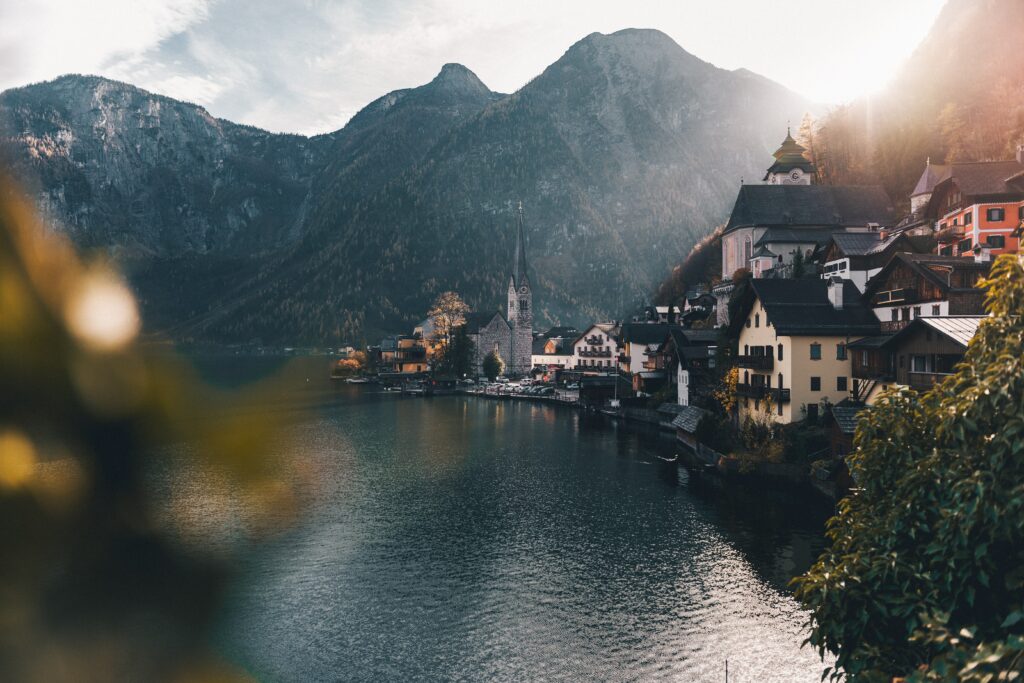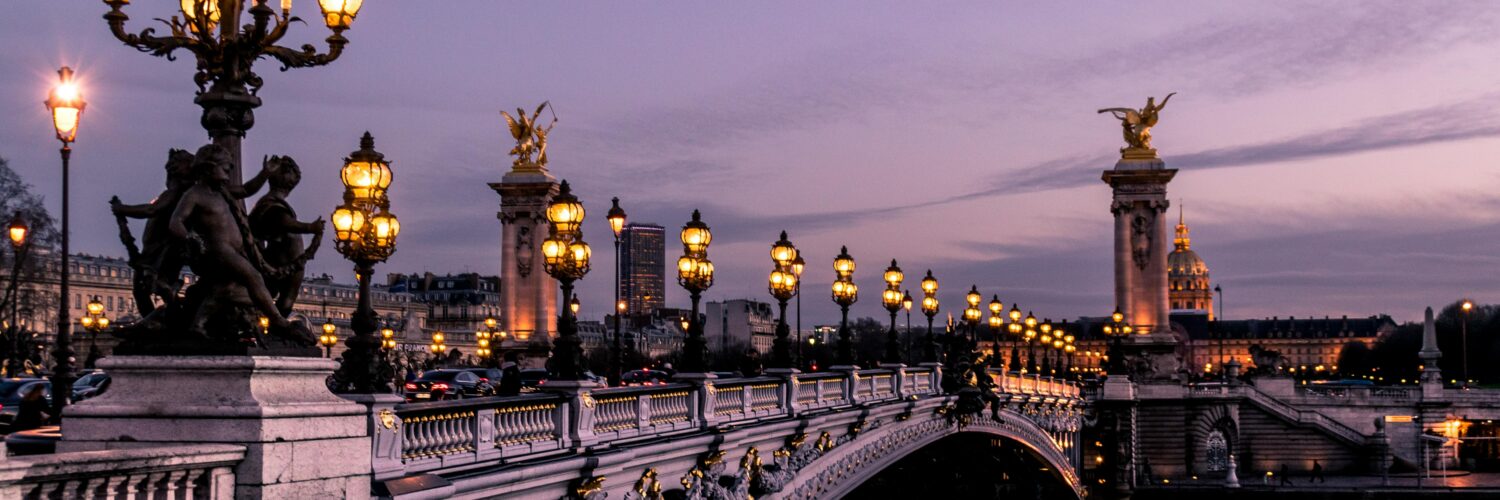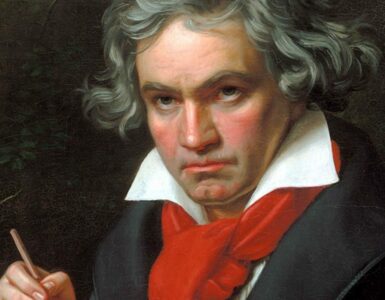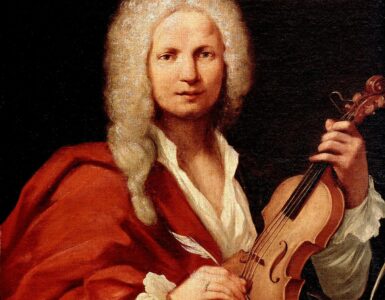Perhaps the peak of the common practice period, the Romantic period was a short, yet musically rich time in all of Western Classical Music. This period is also my favourite, with many familiar pieces composed by many great composers who lived through this era. Succeeding the Classical period around 1820, the Romantic period lasted for eighty years before moving on into the 20th Century.
With that, let us talk about some of the features of music composed in the Romantic period, together with some of the composers who lived through this time.
History of the Romantic Period
The Romantic period was not historically rich for the arts, but also for other events as well. Some of the notable events that occurred during this era include the passing of the Monroe Doctrine, the publishing of the Communist Manifesto by Karl Marx, and the American Civil War. Numerous revolutions also occurred across Europe.
Musically, the Romantic period introduces new ideas revolving around emotions and expressing them. While some of such elements originated from the Classical period, there were many other differences – more dynamics, harmony, pitch, and tone colour. In fact, works during this period were very diverse, with some composers sticking to the traditional styles, whereas others taking a more revolutionary stance. The capital of music during the Romantic period was Paris.
Characteristics of Romantic Music
Dynamics, Pitch and Tempo
Compared to earlier compositions, works of the Romantic period has a wider range of dynamics from ffff to pppp. Within a piece, there are also sharp contrasts with sudden changes in dynamics, together with many crescendos and decrescendos. At the same time, there was a greater pitch range explored during this period – composers made use of instrumentation to experiment with the depth and brilliance of sound.
While Classical music is often balanced, Romantic music features many changes in tempo within a piece. On top of the many musical devices, such as accelerandos and ritardandos, musicians also use rubato when playing Romantic pieces.
Expressive Aims and Subjects
Music of the Romantic period were expressive in their unending range of emotions. Many pieces discuss the topic of romance and love, whereas others discuss the topic of nature. Some pieces that exhibit this would be Schubert’s Erlkönig and Smetana’s Vltava.
Harmony
Romantic composers often tried out new chords and played around with traditional chords, in search of harmonies that are colourful, complex, and rich. Instead of traditional scales, composers began to use more chromatic scales in their works, essentially introducing new emotions that had yet been expressed to music.
Compositions often have numerous keys and quick modulations, which causes a decrease in the prominence of the tonic key. This continued to decline as the period progressed into the 20th Century.
Individuality of Style
Composers tend to put in a lot of their emotions when composing works, emphasising the traits of individuality and self-expression of the Romantic period. Musicians often can tell which composer composed the works that they are listening to without finishing the piece.
Miniature and Monumental Pieces
In the Romantic period, miniature and monumental pieces are short and long pieces, respectively. Miniature pieces are short works that last a couple of minutes and are meant to be played at home. Monumental pieces are long works that may last hours and are meant to be played by many performers at opera houses and concert halls.
While many traditional forms of music, such as symphonies, string quartets, concertos, and operas, continue to be produced, individual movements are often longer than that of the Classical period. This became even more complex as the period progressed – pieces were longer, had more instrumentation, and had harmonies that were rather complex. This was made possible with novel ways of connecting the work together.
Nationalism and Exotism
Romantic composers introduced nationalism into their works by including the various identities of their homeland – dances, folk music, history, and legends. This was done with political intent.
Aside from their own countries, composers also took inspiration from the musical elements from other countries. This style of exotism also led, for example, European composers to use Asian style melodies in their works.
Programme Music
Programme music is related to an idea, poem, scene, or story – accompanying the storyline of the programme. The music represents the characters, emotions, and events within the story, and imitate the sounds heard in nature. While this was seen in music throughout the ages, it only became more distinct during the Romantic period.
Tone Colour
Romantic pieces made use of tone colours to express numerous emotions and moods. To achieve this, orchestras expanded to accommodate almost a hundred players rather than 20 to 60 players during the Classical period. This was also partially due to larger concert halls being built.
Sections that were less important during the Classical period were now more important – new tone colours were introduced and the orchestra produced sounds that were more appealing and brilliant. New ways of playing traditional instruments were introduced to explore different sounds. As such, musicians must be able to cope with the virtuosity level demanded.
Romantic Composers
Here are some of the notable composers in the Romantic period.
| Composer | Notable Compositions |
| Frédéric Chopin (1810 – 1849) | Nocturne in E-flat major, Op. 9, No. 2 Grande Valse Brillante in E-flat major, Op. 18 Polonaise in A-flat major, Op. 53 Nocturne No. 20 in C-sharp minor, Op. posth. |
| Franz Liszt (1811 – 1886) | Grandes études de Paganini No. 3 (La Campanella), S. 141/3 Hungarian Rhapsody No. 2 in C-sharp minor, S. 244/2 Liebestraum No. 3 in A-flat major, S. 541/3 |
| Antonin Dvořák (1841 – 1904) | Symphony No. 9 in E minor, 4th Movement, Op. 95 Humoresques No. 7, Op. 101 |
| Robert Schumann (1810 – 1856) | Kinderszenen No. 7 (Träumerei), Op. 15 |
| Pyotr Ilyich Tchaikovsky (1840 – 1893) | Лебеди́ное о́зеро (Swan Lake), Op. 20 The Year 1812 Solemn Overture, Op. 49 |
Other notable composers include Mendelssohn, Paganini, Kuhlau, Czerny, Rossini, Berlioz, Strauss I, Strauss II, Burgmüller, Wagner, Verdi, Offenbach, Smetana, Brahms, Saint-Saëns, Bizet, Grieg, Elgar, and Wolf. This list only highlights the most commonly searched composers of this time – there are many more.
Romantic Music
Art Songs
Art songs are works composed for a duet of a piano and a voice – the piano plays the accompaniment for the vocal parts. Composers originally wrote for them to be performed at home or in small settings, but this has been extended to concert halls. Most art songs written during the Romantic period originated from German-speaking countries – the lieder.

Art songs convey the emotions of the text – often unrequited love, but also a variety of other moods. The piano sets the mood of the piece at the start and ends it off with a postlude. Composers may classify several art songs in a song cycle.
The strophic form is often used for art songs – the same tune repeats through every stanza in the text. The thorough-composed form is also not unseen. Schubert is one of the composers who composed many lieder.





Add comment